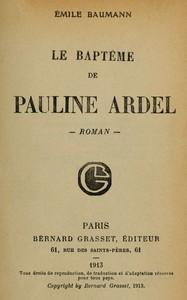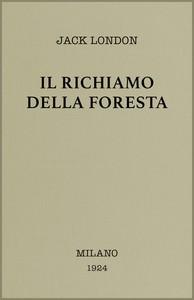Read this ebook for free! No credit card needed, absolutely nothing to pay.
Words: 10113 in 4 pages
This is an ebook sharing website. You can read the uploaded ebooks for free here. No credit cards needed, nothing to pay. If you want to own a digital copy of the ebook, or want to read offline with your favorite ebook-reader, then you can choose to buy and download the ebook.


: The Ohio Naturalist Vol. 1 No. 5 March 1901 by Ohio State University Biological Club - Science Periodicals; Natural history Periodicals; Natural history Ohio Periodicals
Entered at the Post Office at Columbus, Ohio, as second class matter.
The Ohio Naturalist
PUBLISHED BY
THE BIOLOGICAL CLUB OF THE OHIO STATE UNIVERSITY
PERENNIAL TUMBLEWEEDS.
JOHN H. SCHAFFNER.
Tumbleweeds may be classified under three general heads:
Annual tumbleweeds, Tumble-grasses, Perennial tumbleweeds.
The annual tumbleweeds are mostly plants with a small root system which shrivels up or rots away soon after the seed has matured. The plants are then easily torn from the ground or broken off and go tumbling away before the wind. In some cases the roots become quite fleshy and brittle. In the tumble-grasses the panicle is generally the only part which is transported, the stems of the panicle being usually very brittle and breaking readily even in those forms which are easily torn up from the roots.
The perennial tumbleweeds are especially interesting because of the way in which they are separated from the underground parts. Among the perennial forms Psoralea floribunda is one of the most typical. It is a long-lived, perennial crown-former with a very deep root which may be several inches in diameter. From the short terminal stem of this root a number of aerial branches are developed annually. These branches take on a more or less globose or balloon-shaped form. At the base of each aerial stem a number of special joints are formed in which transverse cleavage regions are gradually developed, and when the seed is ripe the whole crown breaks off at these joints with remarkable ease. This is a peculiar case of the development of a self-pruning process in the stem for a very special purpose.
Psoralea argophylla also develops perfect joints but fewer shoots usually make up the crown and it is therefore less conspicuous than P. floribunda. Psoralea esculenta is also a tumbleweed but the writer has not made an examination of the way in which it separates from the thick, tuberous, perennial root.
Psoralea floribunda is very abundant in north-central Kansas where the writer has seen great masses heaped up against hedgerows and wire fences. These plants show a most remarkable responsive adaption to an environment of very definite conditions. They have developed nearly every character possible in harmony with the dry and windy plains of the west and may be regarded as ideal prairie plants.
Free books android app tbrJar TBR JAR Read Free books online gutenberg
More posts by @FreeBooks









